
Alligator territory has grown steadily in recent decades. Conservation efforts, warm habitats, and human-made waterways have allowed these large reptiles to expand far beyond their traditional strongholds. Today, they appear in golf courses and state parks. Here’s a look at 10 U.S. states where alligators maintain significant and sometimes surprising populations.
Florida
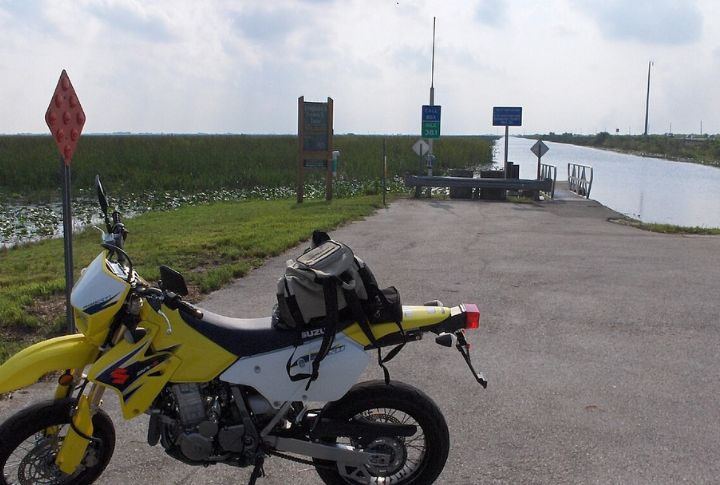
No other state compares to Florida, which has over 1.3 million alligators, with at least one in every county. Alligator Alley on I-75 is a popular gator-viewing zone. Lake Jesup alone hosts thousands. Gator sightings and nuisance complaints are a routine part of life here.
Louisiana
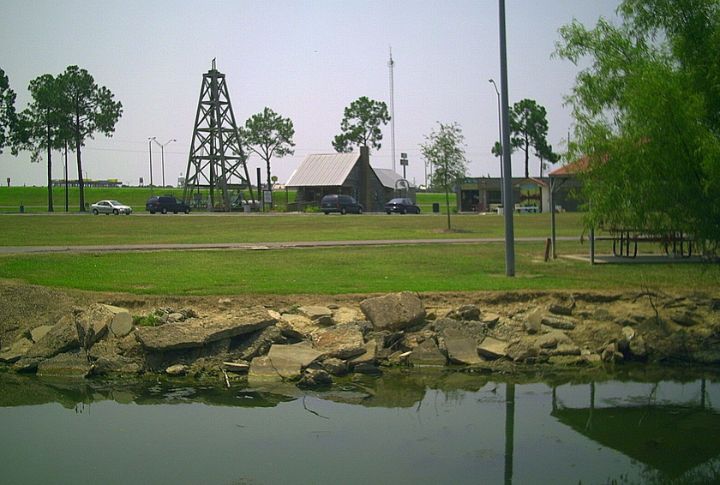
With more than 2 million alligators, both wild and farmed, Louisiana blends conservation and commerce. Millions of acres of bayou and swamp support strong populations. Gator hunting season draws locals and tourists. It’s also home to one of the largest alligator farming industries in America.
Texas

Gulf coast wetlands and slow-moving rivers provide the ideal environment for Texas’s estimated 400,000 gators. Brazos Bend State Park is a prime viewing spot. Gators occasionally turn up in Houston’s suburbs. Hunting is allowed with permits, and some individuals stretch past 13 feet.
Georgia
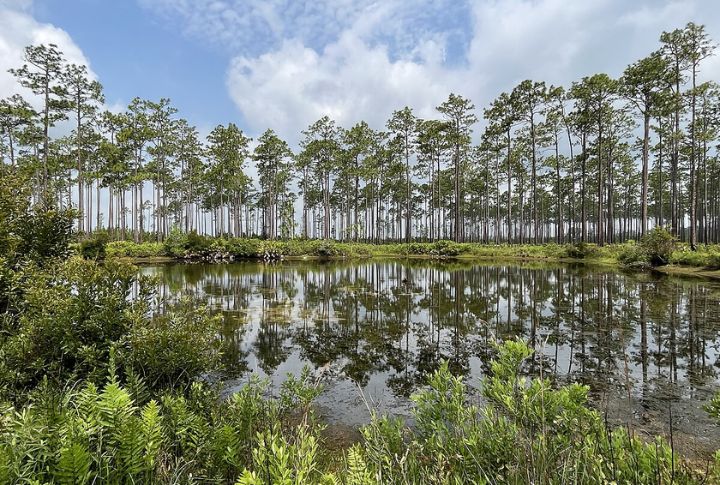
In Georgia, the Okefenokee Swamp acts as a breeding haven for the state’s roughly 200,000 gators. Populations extend north past Savannah. State agencies regularly handle nuisance calls. One massive gator found in the state weighed nearly 700 pounds, which is proof that they also thrive far from Florida.
South Carolina

Coastal counties and freshwater wetlands serve as prime habitat zones for South Carolina’s thriving gator population. Lake Marion ranks among the most active areas. Thousands join the annual legal hunt. Alligator farms double as educational sites. One Myrtle Beach specimen weighed over 1,000 pounds.
Mississippi

After the 1970s conservation efforts, Mississippi now has more than 32,000 gators. They’re especially dense in the Pascagoula River Basin. Annual hunting seasons are popular and well-managed. Some of the nation’s longest alligators, over 14 feet, have been measured here in recent years, mainly in southern counties.
Alabama

Southern Alabama wetlands, especially around Claiborne Lake and the Mobile-Tensaw Delta, are crawling with gators. Populations are stable, with thousands roaming wild. One famous specimen weighed over 1,000 pounds and stretched more than 15 feet. The state issues tags each season for tightly controlled legal public hunts.
North Carolina
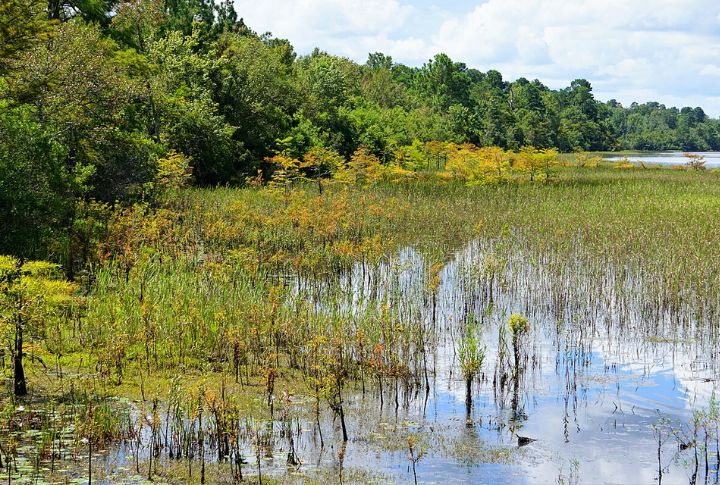
Though not as densely populated as Deep South states, North Carolina’s gator numbers are rising. Lake Waccamaw and coastal wetlands house most. Sightings farther inland are increasing. These reptiles are adapting to human encroachment, with gators occasionally found crossing the golf course near Wilmington.
Arkansas
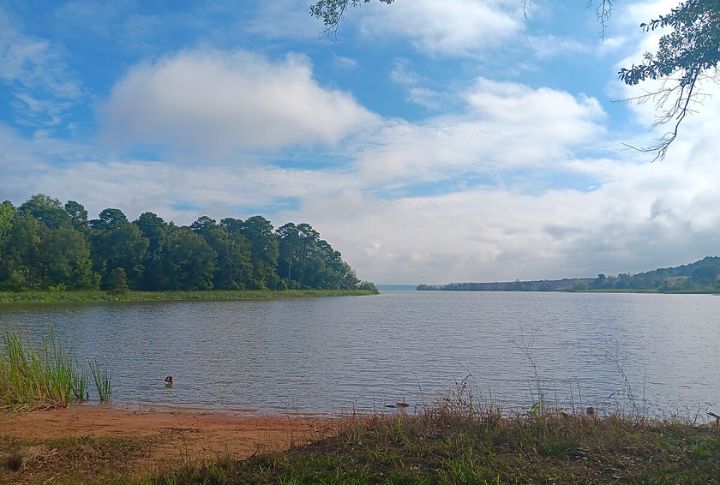
Once extinct in the state, Arkansas reintroduced alligators in the 1970s. Now, Millwood Lake and the southern swamps sustain growing populations. Sightings were documented near Texarkana and Felsenthal Refuge. Breeding is confirmed, and gators continue to expand, although cold winters can limit their expansion northward.
Oklahoma
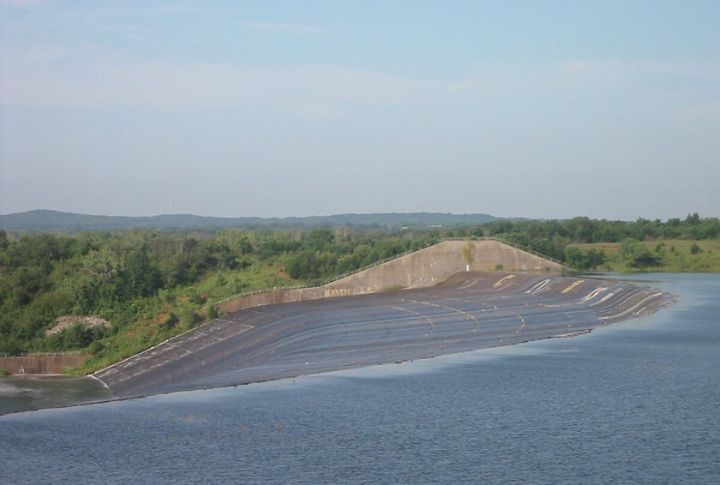
Southeastern Oklahoma holds small but stable gator populations, especially in Red Slough and McCurtain County. These reptiles appear during warm seasons along floodplains. Though not widespread, sightings have occurred near Lake Texoma. Their quiet persistence often surprises residents unfamiliar with Oklahoma’s southern ecosystems.
